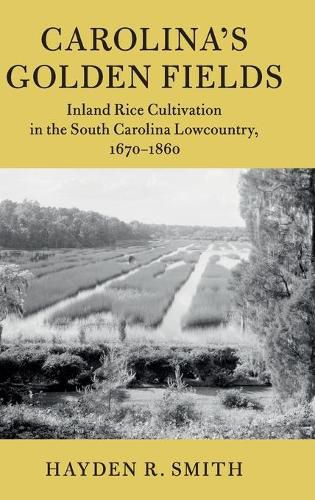Readings Newsletter
Become a Readings Member to make your shopping experience even easier.
Sign in or sign up for free!
You’re not far away from qualifying for FREE standard shipping within Australia
You’ve qualified for FREE standard shipping within Australia
The cart is loading…






This book examines the environmental and technological complexity of South Carolina inland rice plantations from their inception at the turn of the seventeenth century to the brink of their institutional collapse at the eve of the Civil War. Inland rice cultivation provided a foundation for the South Carolina colonial plantation complex and enabled planters’ participation in the Atlantic economy, dependence on enslaved labor, and dramatic alteration of the natural landscape. Moreover, the growing population of enslaved Africans led to a diversely-acculturated landscape unique to the Southeastern Coastal Plain. Despite this significance, Lowcountry inland rice cultivation has had an elusive history. Unlike many historical interpretations that categorize inland rice cultivation in a universal and simplistic manner, this study explains how agricultural systems varied among plantations. By focusing on planters’ and slaves’ alteration of the inland topography, this book emphasizes how agricultural methods met the demands of the local environment.
$9.00 standard shipping within Australia
FREE standard shipping within Australia for orders over $100.00
Express & International shipping calculated at checkout
This book examines the environmental and technological complexity of South Carolina inland rice plantations from their inception at the turn of the seventeenth century to the brink of their institutional collapse at the eve of the Civil War. Inland rice cultivation provided a foundation for the South Carolina colonial plantation complex and enabled planters’ participation in the Atlantic economy, dependence on enslaved labor, and dramatic alteration of the natural landscape. Moreover, the growing population of enslaved Africans led to a diversely-acculturated landscape unique to the Southeastern Coastal Plain. Despite this significance, Lowcountry inland rice cultivation has had an elusive history. Unlike many historical interpretations that categorize inland rice cultivation in a universal and simplistic manner, this study explains how agricultural systems varied among plantations. By focusing on planters’ and slaves’ alteration of the inland topography, this book emphasizes how agricultural methods met the demands of the local environment.